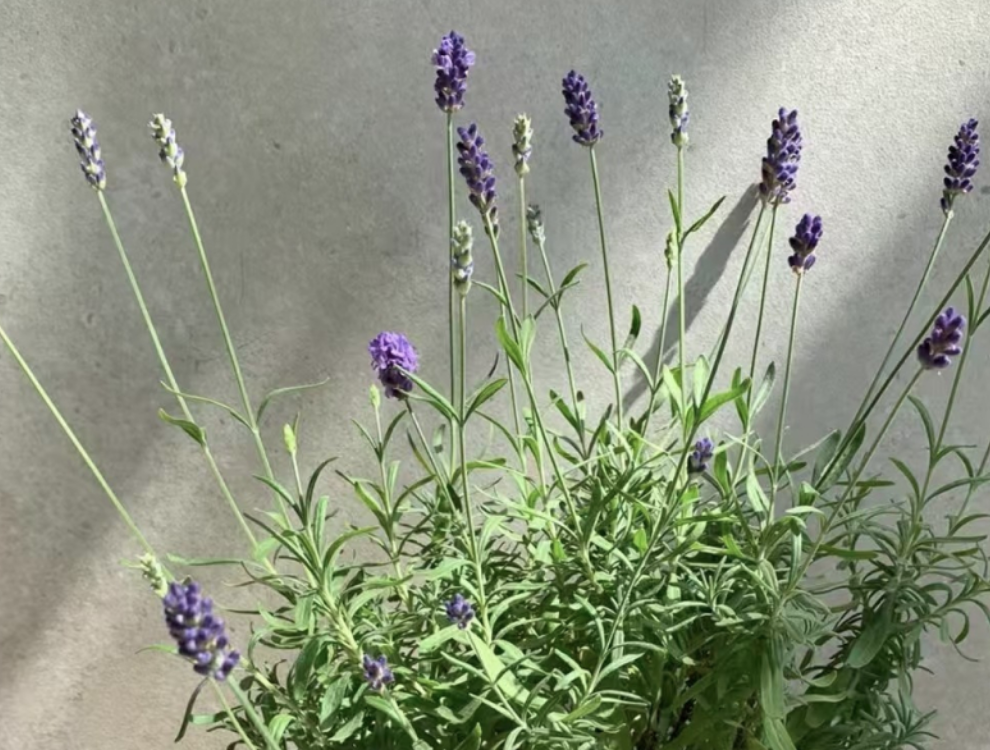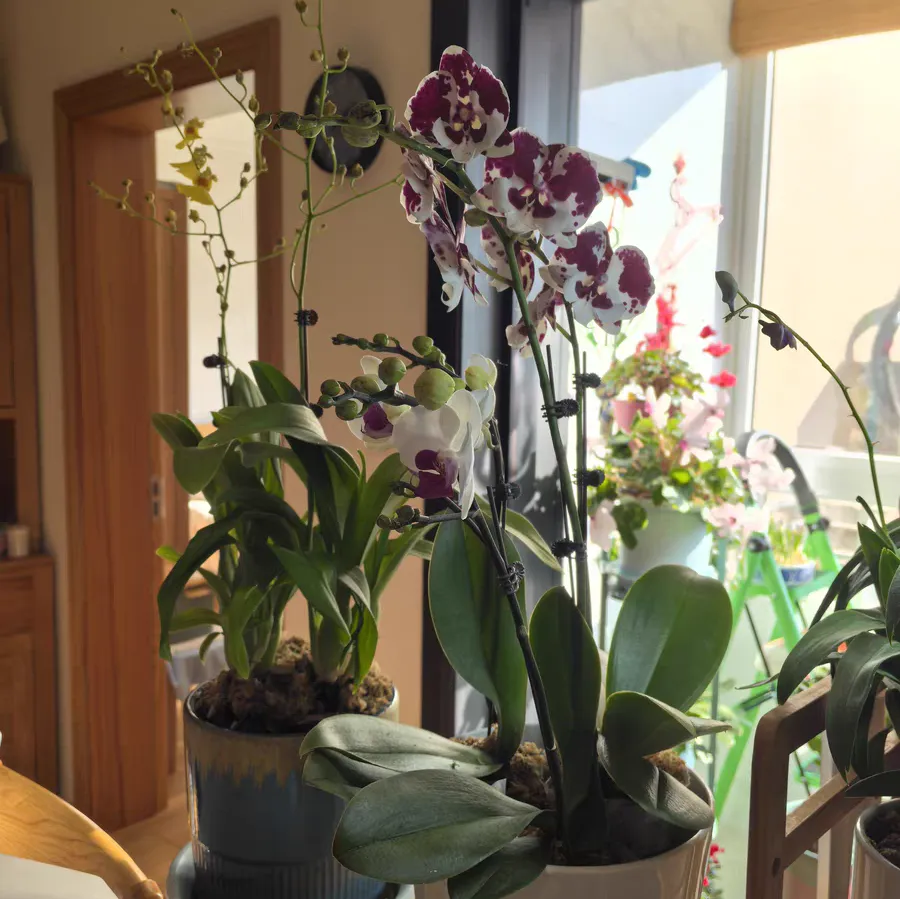Phalaenopsis, with its dancing flower shape and rich colors, has won the love of many people and become a dream flower for numerous enthusiasts. During the Spring Festival, people are willing to place it indoors as the focal point of decoration.
However, during the process of caring for Phalaenopsis, root rot is a common problem. Root rot not only affects the growth of Phalaenopsis flowers but may also lead to the death of the plant. Let's take a look at the causes of Phalaenopsis root rot.
Usually, root rot is caused by over - caring for the plant by flower lovers. The most common cause is frequent watering, which keeps the Phalaenopsis in a humid environment for a long time, making it susceptible to bacterial infection. If the situation persists without improvement, it may lead to rotting.
How can we identify whether Phalaenopsis has a root - rot problem? We can start from the following aspects. First, observe whether multiple flower heads of the flower wither continuously. If the flower buds start to wither or fade, it may be a precursor to a root problem. In the initial stage of root rot, the roots become soft and gradually rot, and then may turn black. Once any abnormal situation of the roots is detected, immediate measures must be taken to prevent the condition from deteriorating.
The treatment method is to use a disinfected pair of scissors to completely cut off the rotten parts of the roots. During the pruning process, make sure the scissors are sharp and clean, and disinfect them before and after each operation to avoid causing secondary damage to the plant. After dealing with the root - rot pruning of the plant, it is also necessary to replace the plant with new soil to prevent the rotten soil from spreading further. For soil selection, new soils such as bark and sphagnum moss can be chosen. These types of soil have good drainage and air permeability, which are conducive to the healthy growth of the roots.
After transplanting and cutting off the rotten roots, lessons should be learned in daily care, and the daily watering amount should be reduced. Especially after changing the soil, don't be eager to water. The recommended method is to wait until the soil is completely dry after watering before the next watering. If new flower lovers can't tell, they can touch the soil with their hands to judge whether it needs to be watered again.
What should be done if the Phalaenopsis has a rotting center?

Share with
Tagged in :




Leave a Reply